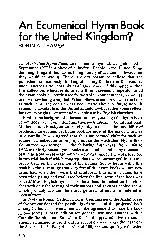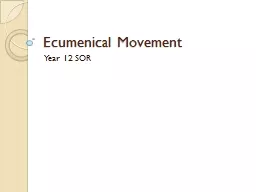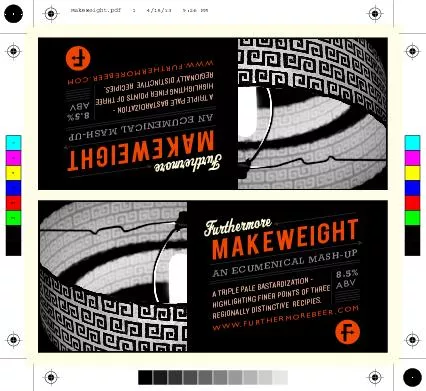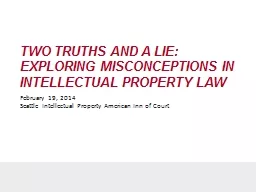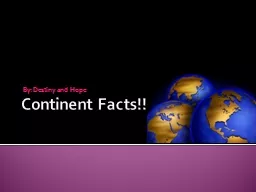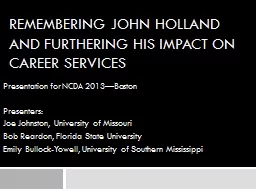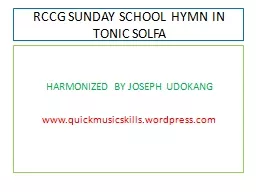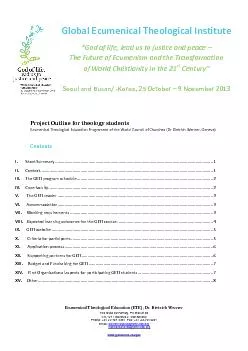PDF-An Ecumenical Hymn Book continent in recent years. In Holland, the Lie
Author : kittie-lecroy | Published Date : 2015-08-10
ROBIN LEAVER is MinisterinCharge at Cogges Witney and Associate Librarian of Latimer House Oxford NOTES The Australian Hymn Book A Collins Liturgical Publication
Presentation Embed Code
Download Presentation
Download Presentation The PPT/PDF document "An Ecumenical Hymn Book continent in rec..." is the property of its rightful owner. Permission is granted to download and print the materials on this website for personal, non-commercial use only, and to display it on your personal computer provided you do not modify the materials and that you retain all copyright notices contained in the materials. By downloading content from our website, you accept the terms of this agreement.
An Ecumenical Hymn Book continent in recent years. In Holland, the Lie: Transcript
Download Rules Of Document
"An Ecumenical Hymn Book continent in recent years. In Holland, the Lie"The content belongs to its owner. You may download and print it for personal use, without modification, and keep all copyright notices. By downloading, you agree to these terms.
Related Documents

